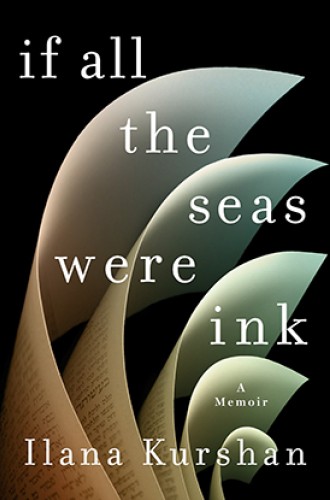A personal discipline of Talmud study
Ilana Kurshan shows how the practice of Daf Yoni gave structure to a life made formless and void.
Ilana Kurshan’s memoir takes readers from her divorce through seven years of pain, resilience, remarriage, and the birth of her children. Why this particular time period? Because these are the years in which Kurshan undertakes the practice of Daf Yomi, the study of two sides of a single page of Talmud every day. The Babylonian Talmud, redacted in 700 CE, records the oral tradition that is taught to have been revealed at Sinai along with the Pentateuch. To engage with the entire corpus of 2,711 pages—even if only in a cursory sense—takes seven years.
Readers may imagine Daf Yomi to be an ancient practice, but it is a relatively contemporary practice, designed in 1923 to unite Jews around the world in a single form of study. Because the majority of people engaged in the first generation of Daf Yomi were murdered, a veil of tragedy remains over the practice even today. But for many Jews, a resurgence of this form of Talmud study also carries hope, creating a sense of resurrection of the thousands of houses of study destroyed during the Holocaust.
Some Jews have criticized the practice of Daf Yomi. Traditionalists point out that one hour a day is not nearly sufficient for personal study: carefully reviewing each text should take weeks and should involve learning from a teacher. Other critics worry that quick study of Talmud might become a substitute for the deep kind of text study that enhances ethical behavior or personal connection with God.






